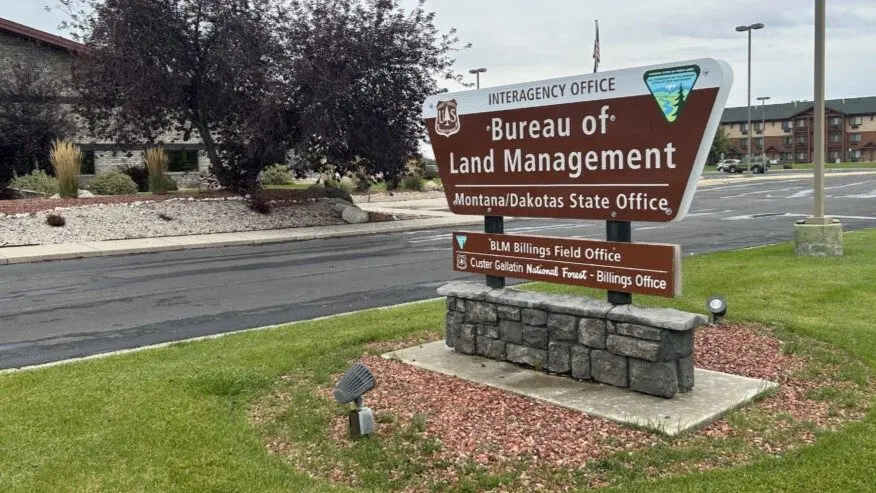(Pullman, WA) Cougar Gold cheese and ice cream from Ferdinand’s Ice Cream Shoppe rely on one thing above all others: milk. Most of that milk comes from WSU’s Knott Dairy Center, where roughly 160 lactating cows are milked every day.
That dairy farm was built over 60 years ago and the infrastructure is pushing its serviceable life. Thanks to support from the Washington State Legislature, part of the dairy is being modernized, benefiting students, employees, cheese fans, and the cows themselves.
“This funding reinforces the idea that WSU, as Washington’s land-grant university, has great value to the state,” said Gordon Murdoch, chair of WSU’s Department of Animal Sciences. “Having a dairy only seven miles from the Pullman campus gives us great teaching and research opportunities and the upgrades will boost both of those areas tremendously.”
The state included $10 million for the dairy in the 2024 supplemental operating budget. The money funded four key improvements at the dairy. The first is improving drainage. Before the upgrade, during much of the year, rain and snow made significant parts of the site muddy. That mud made walking around the dairy unsafe for people. This fall, a hard surface with proper drainage was installed to replace the dirt ground that retained too much surface water.
The second is environmental management, improving manure handling facilities for more capacity and durability.
“The dairy was built decades ago with a system that met the needs then,” Murdoch said. “The new system is appropriate for our size and will lead to a cleaner area. That’s hugely beneficial to our animals and staff.”


The third improvement is a new barn that will house developing heifers, and “dry” cows, or those that are not producing milk.
“The new barn has different pens for different age groups, but in a close proximity,” Murdoch said. “Previously, they were spread out across the farm, making it hard for students who come to the dairy to learn as they had to walk to many different areas.”
The barn will include a compost bedded pack, which is designed with enough air flow to allow the bedded area to become one big composter that is ideal for the Palouse climate, he said.
“Their waste will keep the compost active and recycling itself,” he said. “It gives the cows a drier, healthier environment. And it only needs to be fully cleaned out yearly as it creates compost that can be used. That lowers the cost of cleanout by staff and it’s healthier for the cows. This helps everyone.”
The fourth improvement is adding a handling facility so the animals can be sorted and have their health checked more easily, safely, and quickly.
“The handling upgrade will be safer for staff and students and save them time when we need to do health checks or research testing,” Murdoch said. “And it reduces the time the animals spend being handled.”
The cumulative impact of these improvements means more impactful learning opportunities and a safer and healthier environment for cows and students.
“The dairy center will resemble more of what a modern dairy farm looks like than what we have been working with,” said Marcos Marcondes, an adjunct professor in Animal Sciences. “Students will get experience doing work that is actually done on dairies, which is more automated and less hands-on than what we had.”
That experience will stand out on students’ resumes as they apply for jobs or graduate schools.
“You have to have confidence in what you are doing and this farm gives students hands-on experience to build up that confidence,” Marcondes said. “And now that experience will resemble what they will see in the real world.”
The upgrades will also help the farm’s research, which will benefit Washington’s dairy industry in a few different ways. New information learned can be used by the industry to produce more milk, have stronger cows, and more. Another is that the new facilities will allow Marcondes and his colleagues to apply for more and bigger research grants. More grants mean even more science that will help the industry.
“Now we can attract more research dollars and perform better research,” Marcondes said. “That helps WSU’s reputation with other institutions and helps the dairy industry to get more useful information. All that is only possible because of these upgrades.”
These upgrades just a start for improvements at the dairy. Murdoch and the department have a goal of what they call the “inspirational dairy.” This project will include robotic milkers, automated manure removal to a bioreactor, and a new barn for the milking cows.
All of this will further boost animal wellness and increase efficiency for people working at the dairy.
“Dairy is a huge industry in Washington, the second largest agriculture industry,” Murdoch said. “We’re here to serve that industry and train the next generation of dairy leaders, but also test and perform research on new technologies and opportunities.”
Without investment in the WSU dairy, industry begins to leave the program behind, and can’t rely on the university for necessary research, he added.
“The inspirational dairy will put us at the forefront of dairy technology and allow us to serve the industry far into the future,” Murdoch said.





